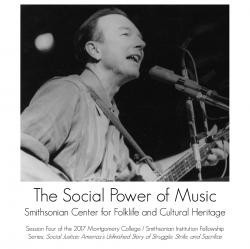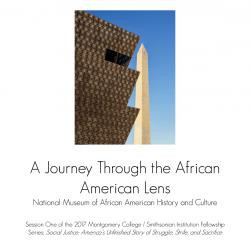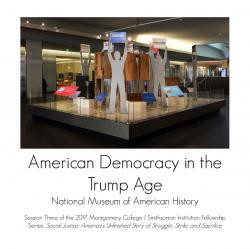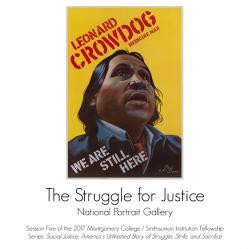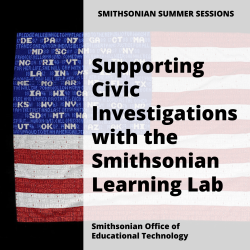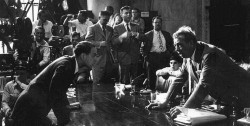Tess Porter
I'm the former User Experience Strategist at the Smithsonian Office of Educational Technology. Here, I focused on the use of digital museum resources to support teaching and learning. My work draws on my experience as a museum educator, digital analyst, usability researcher, and content designer. I hold a B.A. in Anthropology and a B.A. in Art History from University Colorado Boulder, and an M.S. in Museums and Digital Culture with an Advanced Certificate in User Experience from Pratt Institute.
Tess Porter's collections
Shoes: Exploring Culture, History, Place, and Innovation
 Tess Porter
Tess Porter
Slow Looking: Untitled, by El Anatsui
 Tess Porter
Tess Porter
Social Justice: Center for Folklife and Cultural Heritage Resources
 Tess Porter
Tess Porter
Social Justice: National Portrait Gallery Resources
 Tess Porter
Tess Porter
Social Justice: Opening Panel Resources
 Tess Porter
Tess Porter
Suffrage Pin: Object Analysis
 Tess Porter
Tess Porter
The Bikini Atoll and Operation Crossroads: Unveiling Stories
 Tess Porter
Tess Porter
The Classical Origin of Iconic American Symbols
 Tess Porter
Tess Porter
The Red Scare
 Tess Porter
Tess Porter
What Makes You Say That?: Civil War Photograph
 Tess Porter
Tess Porter
William Faulkner: Examining Portraiture
 Tess Porter
Tess Porter
Woody Guthrie: Examining Portraiture
 Tess Porter
Tess Porter

